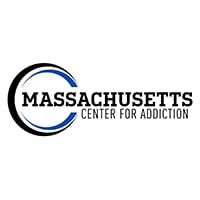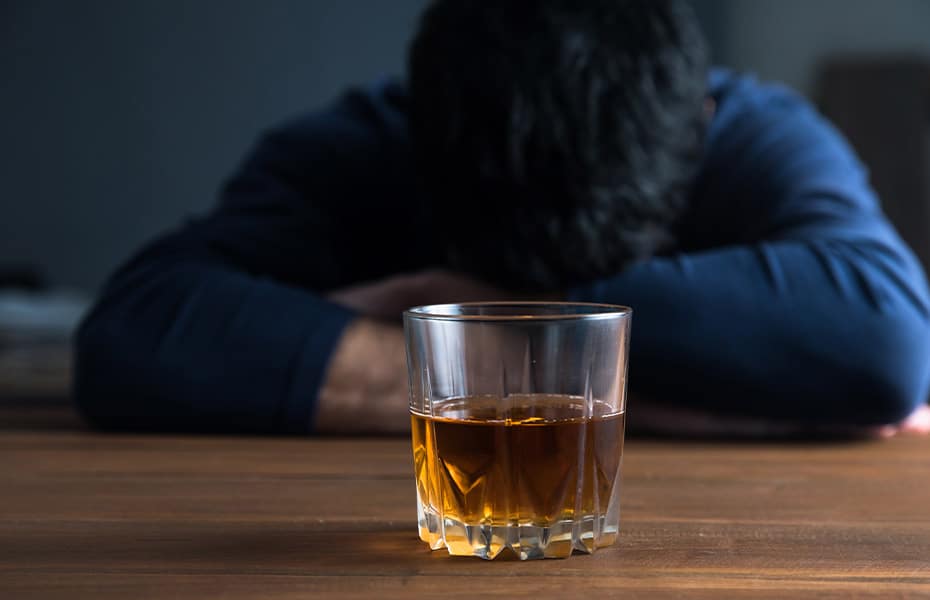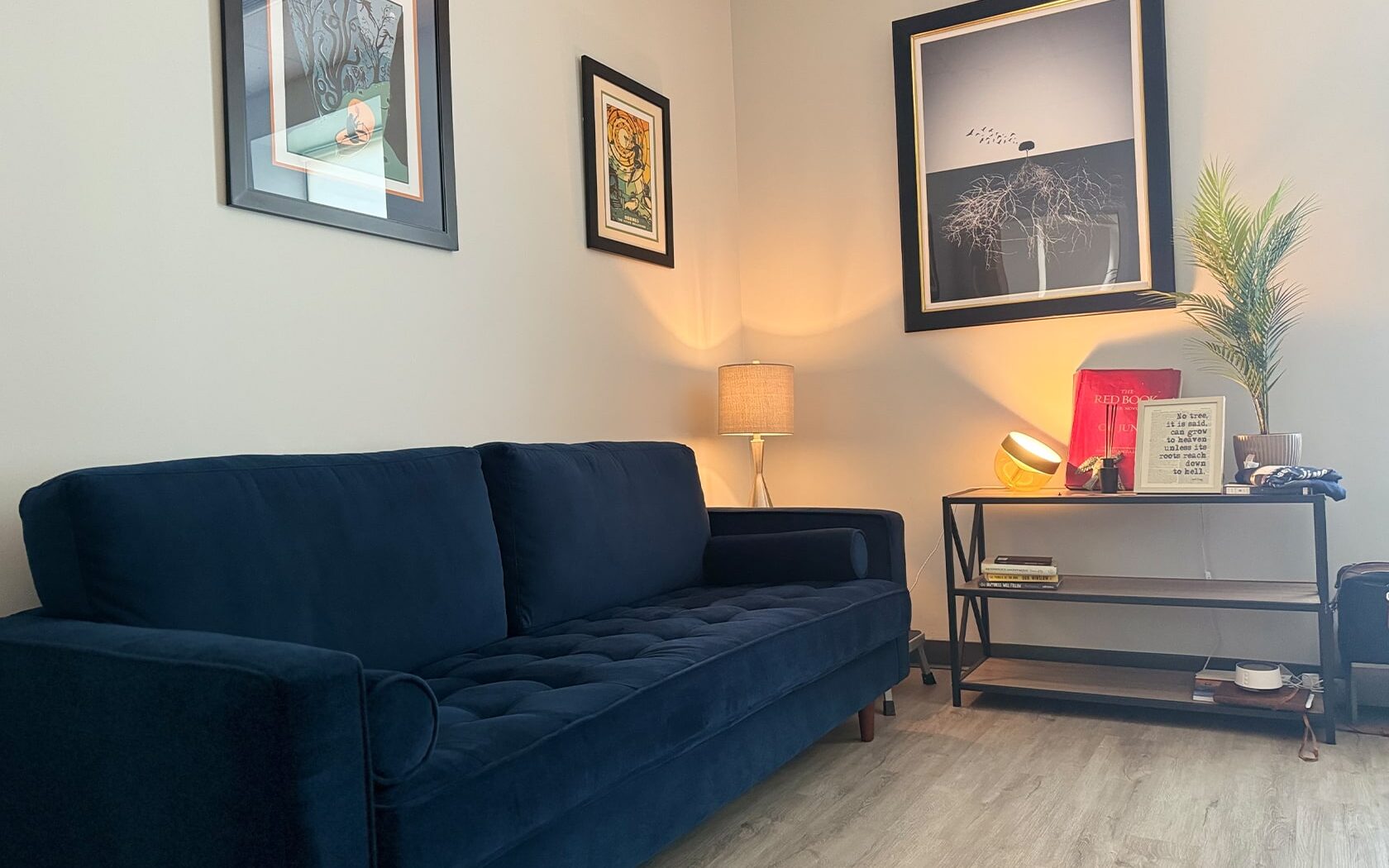Jul 20, 2025
What Is Schizoaffective Disorder? How It Differs from Schizophrenia
If you’re reading this, you or someone you care about might be navigating the complex world of mental health challenges, perhaps even alongside substance use issues. At the Massachusetts Center for Addiction, we understand how overwhelming it can feel when symptoms like hallucinations, mood swings, or disorganized thoughts disrupt daily life. Schizoaffective disorder is one such condition that blends elements of psychotic disorders and mood disturbances, often complicating recovery journeys—especially when it co-occurs with substance use. You’re not alone in this; with the right support and evidence-based treatment, many people find hope and stability.
In this guide, we’ll break down what schizoaffective disorder is, its symptoms, causes, and treatment options. We’ll also explore how it differs from schizophrenia, a related but distinct condition. As a center specializing in dual diagnosis—treating mental illness and substance use together—we’ll highlight why integrated care is crucial for those facing these intertwined challenges. If any of this resonates, reach out to us for a compassionate consultation tailored to your needs in Massachusetts.
Understanding Schizoaffective Disorder
Schizoaffective disorder is a chronic mental health condition characterized by a combination of schizophrenia symptoms, such as hallucinations or delusions, and mood disorder symptoms, like depression or mania. It’s essentially a “hybrid” illness where psychotic episodes persist alongside significant mood changes, affecting thoughts, emotions, and behaviors. Unlike some mental illnesses that might come and go, schizoaffective disorder often requires ongoing management to maintain quality of life.
This disorder falls under the umbrella of psychotic disorders, where individuals experience a break from reality. However, its mood component sets it apart, making it a prime example of dual diagnosis when substance use enters the picture—more on that later.
Types of Schizoaffective Disorder
There are two main subtypes, based on the mood symptoms involved:
- Bipolar Type: Involves episodes of mania (elevated mood, high energy, risky behavior) alongside psychotic symptoms. Depressive episodes may also occur.
- Depressive Type: Features major depressive episodes (persistent sadness, loss of interest) with psychosis, but no mania.
These distinctions help guide treatment, ensuring therapies address both the psychotic and affective (mood-related) aspects.
Symptoms of Schizoaffective Disorder
Symptoms can vary widely but typically include a mix from schizophrenia and mood disorders. They must be present for at least a month, with psychotic symptoms lasting at least two weeks without dominant mood issues. Here’s a breakdown:
Psychotic Symptoms (Similar to Schizophrenia)
- Hallucinations: Hearing voices, seeing things that aren’t there, or other sensory experiences without external stimuli.
- Delusions: Strong beliefs not based in reality, like paranoia (e.g., feeling persecuted) or grandiosity (e.g., believing you have special powers).
- Disorganized Thinking: Jumbled speech, difficulty concentrating, or illogical thought patterns.
- Negative Symptoms: Reduced emotional expression, social withdrawal, or lack of motivation.
Mood Symptoms
- Depression: Overwhelming sadness, hopelessness, fatigue, sleep changes, or suicidal thoughts.
- Mania: Racing thoughts, irritability, decreased need for rest, impulsive actions, or excessive talking.
Other signs include impaired occupational or social functioning, such as difficulty maintaining a job or sustaining relationships. If substance use is involved, these symptoms can intensify, leading to self-medication cycles that deepen the disorder.
If you’re noticing these in yourself or a loved one, early recognition is vital. At our center, we offer comprehensive assessments to differentiate symptoms and create a path to recovery.
Causes and Risk Factors
The exact causes of schizoaffective disorder aren’t fully known, but a mix of factors contributes:
- Biological: Genetic predisposition (it runs in families), brain structure abnormalities, or neurotransmitter imbalances (e.g., dopamine or serotonin).
- Environmental: Stressful life events, trauma, or viral exposures during development.
- Substance Use: Drugs like cannabis or stimulants can trigger or worsen symptoms, especially in vulnerable individuals. This link underscores the importance of addressing mental illness and substance use together in dual diagnosis programs.
Research indicates that up to 47% of people with schizophrenia-spectrum disorders, including schizoaffective, have co-occurring substance use disorders, often alcohol or cannabis. Substances may be used to cope with hallucinations or mood swings, but they ultimately exacerbate the condition, leading to more severe episodes and poorer outcomes.
How Schizoaffective Disorder Differs from Schizophrenia
Schizoaffective disorder and schizophrenia share core psychotic symptoms, but the presence of prominent mood disorders is the main differentiator. Here’s a clear comparison:
| Aspect | Schizoaffective Disorder | Schizophrenia |
|---|---|---|
| Core Symptoms | Psychosis + significant mood episodes (mania/depression lasting weeks/months). | Primarily psychosis; mood symptoms, if present, are brief and not dominant. |
| Duration of Mood | Mood symptoms must be present for a majority of the illness’s active phase. | Mood changes are secondary or absent; focus is on chronic psychotic features. |
| Diagnosis Criteria | Requires psychosis without mood symptoms for at least 2 weeks, plus full mood disorder criteria. | No requirement for mood disorder; emphasis on delusions/hallucinations for 6+ months. |
| Prognosis | May have better outcomes with mood-focused treatments, but variable with dual diagnosis. | Often more chronic; substance use can worsen both, but schizophrenia lacks inherent mood component. |
| Treatment Approach | Integrated meds for psychosis and mood; therapy for both. | Antipsychotics primary; mood stabilizers less central unless comorbid. |
In short, if mood swings are a big part of the picture, it’s likely schizoaffective—though diagnosis requires professional evaluation to rule out other conditions.
Treatment for Schizoaffective Disorder: Hope Through Integrated Care
Treatment is multifaceted and personalized, often more successful when addressing dual diagnosis holistically.
- Medications:
- Antipsychotics (e.g., paliperidone) for psychotic symptoms.
- Mood stabilizers or antidepressants for bipolar/depressive types.
- Careful monitoring if substances are involved to avoid interactions.
- Therapy: Cognitive behavioral therapy (CBT) to manage thoughts, family therapy for relationships, and skills training for daily functioning.
- Lifestyle Support: Exercise, nutrition, and support groups to build resilience.
- Dual Diagnosis Focus: For those with mental illness and substance use, integrated programs treat both simultaneously. Detox, relapse prevention, and coping strategies are essential, as untreated addiction can trigger psychotic relapses.
At Massachusetts Center for Addiction, our evidence-based dual diagnosis treatments in Massachusetts combine these elements with compassionate care, helping individuals reclaim their lives from schizoaffective disorder, schizophrenia, or related challenges. We offer partial hospitalization, outpatient services, and family involvement to ensure comprehensive recovery.
Living with Hope – You’re Not Defined by Your Diagnosis
Schizoaffective disorder can feel like an isolating battle, especially when intertwined with substance use, but recovery stories abound. With proper treatment, many achieve symptom remission and lead meaningful lives. If you’re in Massachusetts and dealing with symptoms of schizoaffective disorder, schizophrenia, or suspect a dual diagnosis, don’t hesitate to seek help.
Ready to take the next step? Contact the Massachusetts Center for Addiction today for a free assessment. Our team is here to provide the empathetic, expert support you deserve—because healing is possible, and it starts with one call.

Contact Us

Address
Quincy, MA 02169
Start your recovery with
Massachusetts Center for Addiction
Our team is available 24 hours a day, 7 days a week to answer any questions you may have. Give us a call today and begin your journey toward long-term recovery.








